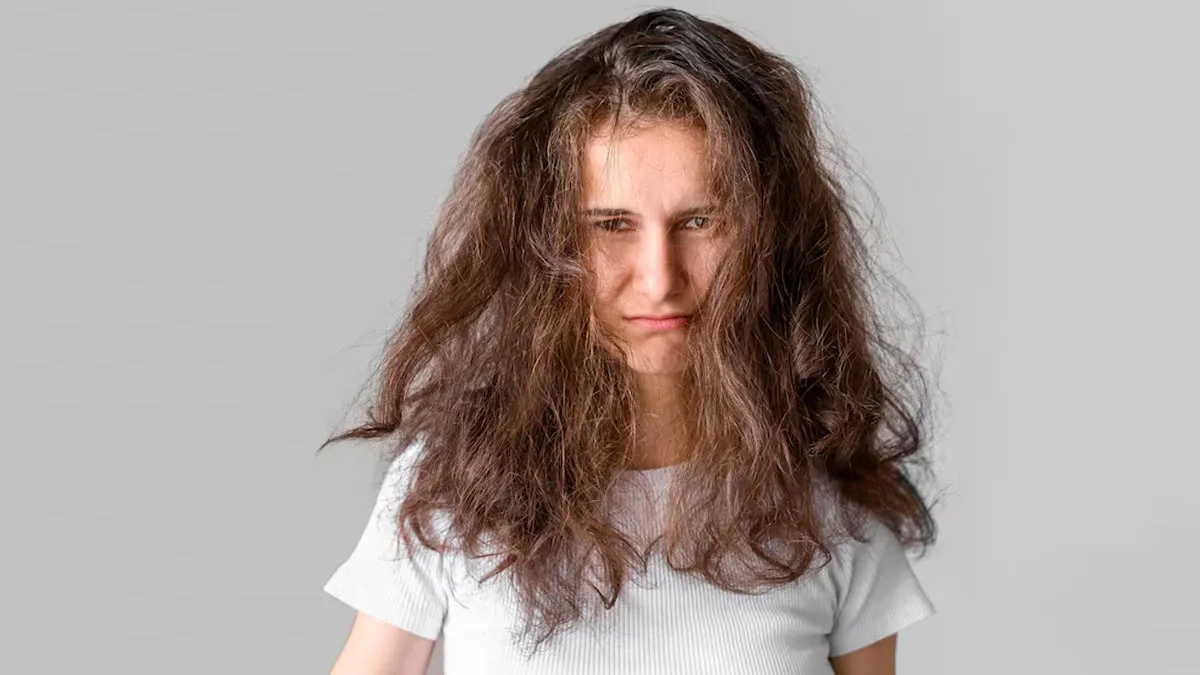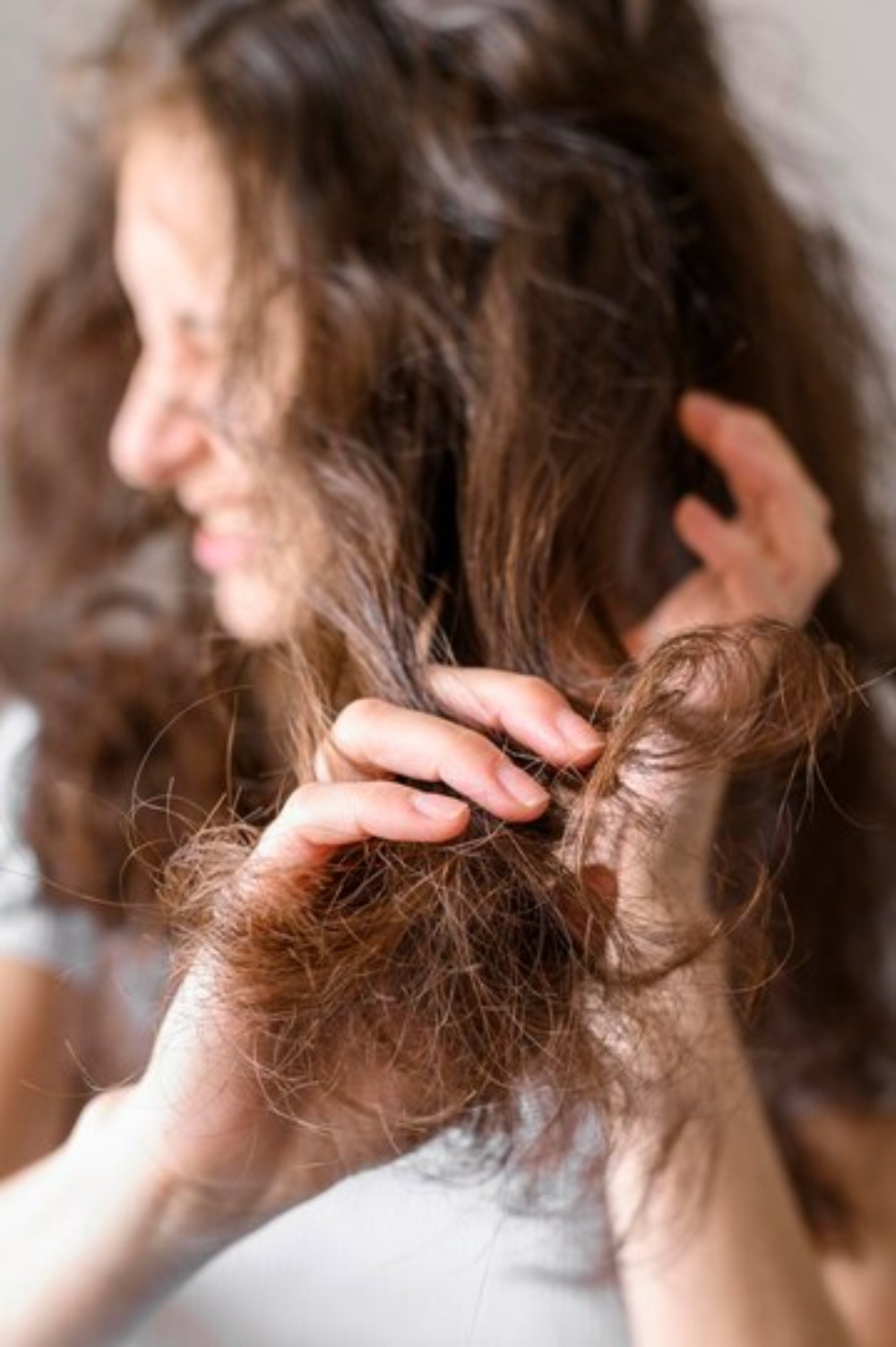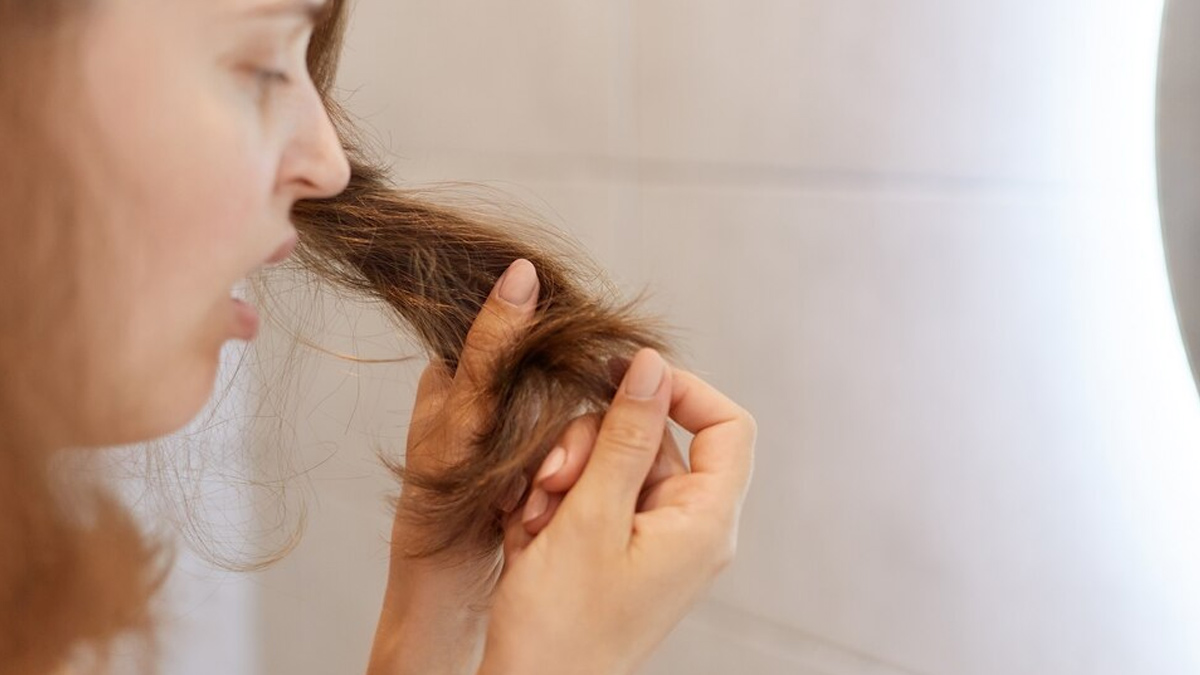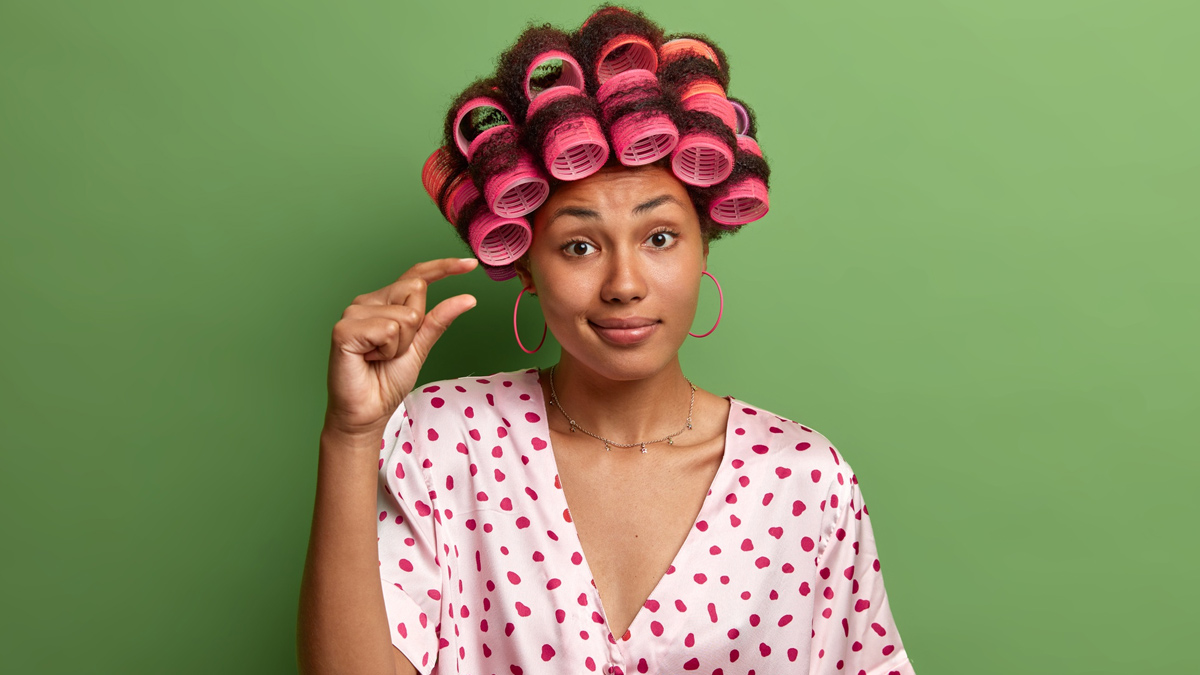
Have you ever noticed your hair feeling brittle, looking dull, or refusing to stay smooth no matter how much conditioner you use? These could be signs of heat damage caused by thermal pollution. Daily activities like using a hairdryer, prolonged sun exposure, or taking hot showers can take a toll on your strands. These exposures can diminish the strength, shine, and vitality of your hair over time. In this article, we explain how heat affects your locks and what you can do to keep them strong and radiant.
Table of Content:-
Thermal Pollution and Its Impact on Hair

Thermal pollution, in the context of hair, occurs when frequent exposure to high temperatures disrupts the hair’s natural moisture balance. Our hair strands are made of keratin, a protein that maintains strength and elasticity. Excessive heat breaks down this protein, weakening the structure and leading to hair that feels dry, frizzy, and prone to breakage.
Key sources of thermal pollution include:
- Heat styling tools: Frequent use of flat irons, curling rods, and blow dryers can gradually harm the hair cuticle, the protective outer layer of your strands.
- Hot water: Washing your hair with hot water strips it of natural oils, which makes your hair more prone to dryness and breakage.
- Environmental heat: Prolonged sun exposure can degrade hair proteins and dehydrate strands, resulting in faded colour and brittle texture.
How Heat Damages Hair
To understand the effects of thermal pollution, let’s take a closer look at what happens when hair is exposed to excessive heat:

- Moisture loss: The natural water content within the hair evaporates during heat, leaving it brittle and unmanageable.
- Weakened cuticle: The cuticle protects the inner layers of the hair. When it’s damaged by heat, hair becomes porous and more susceptible to breakage.
- Split ends: Repeated heat exposure can weaken the hair shaft, leading to split ends and an uneven texture.
Protecting Your Hair from Heat Damage
1. Minimise Heat Styling

Try giving your hair a break from styling tools whenever possible. Opt for heat-free styling methods, such as braiding or using foam rollers to achieve curls. When using tools, set them to the lowest effective heat setting and always use a heat protectant spray.
2. Adjust Water Temperature
You should wash your hair with cool or lukewarm water. This helps maintain your scalp’s natural oils and keeps your hair hydrated.
3. Protect Against Environmental Heat
Wear a wide-brimmed hat or use hair products with UV protection when spending time in the sun. Products with SPF can help safeguard your hair from harmful ultraviolet rays.
4. Use Heat-Protectant Products

Heat-protectant sprays and serums form a shield between your hair and styling tools, helping to prevent thermal damage. Choose products with ingredients like silicones or keratin to seal the hair cuticle and retain moisture.
5. Deep Condition Regularly
Replenish lost moisture and nutrients with regular deep conditioning treatments. Ingredients like argan oil, shea butter, and aloe vera are excellent for repairing and hydrating heat-damaged hair.
6. Trim Split Ends
Make trimming split ends a regular part of your hair care routine. Scheduling a visit to your stylist every 6–8 weeks can help get rid of pesky split ends and prevent them from causing further damage, leaving your hair looking healthier, smoother, and full of life.
[Disclaimer: This article contains information for informational purposes only. Hence, we advise you to consult your own professional if you are dealing with any health issues to avoid complications.]
Also watch this video
How we keep this article up to date:
We work with experts and keep a close eye on the latest in health and wellness. Whenever there is a new research or helpful information, we update our articles with accurate and useful advice.
Current Version